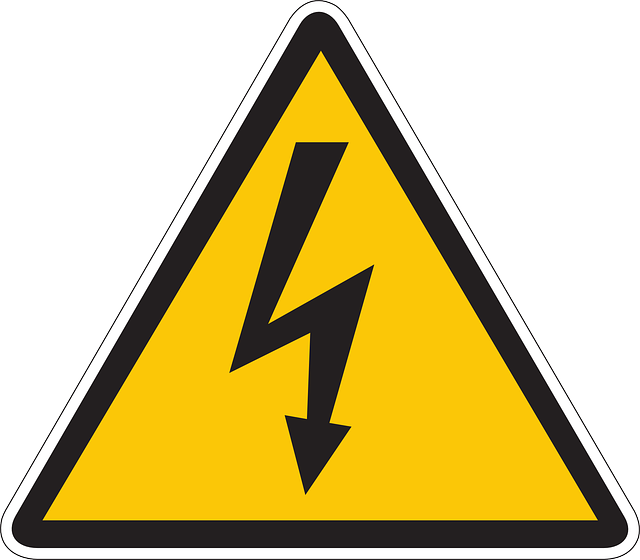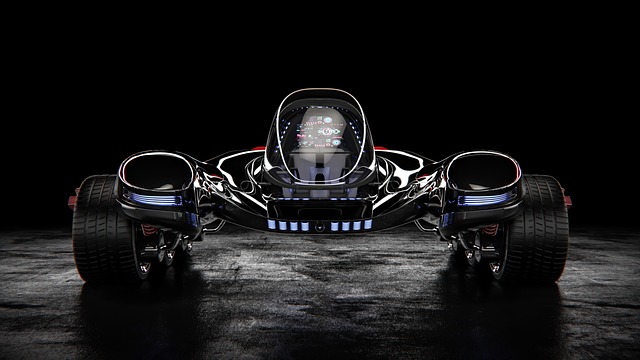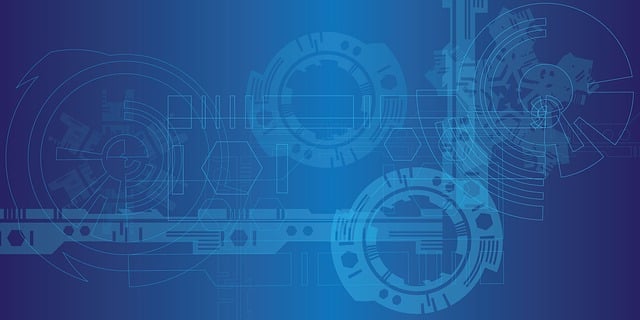Personal safety innovations, driven by advanced materials, smart sensors, and AI, are transforming protective gear into smarter, more proactive solutions. Emerging safety products include wearable tech with biometric sensors for real-time health monitoring and alert systems, while AI predicts dangers and enables personalized risk management. These future safety trends aim to enhance accessibility, adaptability, and efficiency across sectors, focusing on both physical and mental well-being through a holistic approach to personal safety developments.
The future of safety product innovations is an exciting landscape driven by cutting-edge technologies and global collaborations. This article delves into the transformative trends reshaping personal safety, from smart clothing and AI threat detection to Industry 4.0 manufacturing and sustainable design. We explore how IoT integration, 5G connectivity, and nanotechnology enhance safety monitoring and protective materials. Get ready to discover the game-changing developments in protection gear tailored to individual needs, leveraging VR/AR training and setting global standards for a safer world.
- Personal Safety Innovations: Shaping the Future
- – Exploring cutting-edge technologies enhancing individual protection
- – Smart clothing and wearable devices: The new norm for personal safety
- – Biometric sensors and AI-driven threat detection systems
Personal Safety Innovations: Shaping the Future

Personal Safety Innovations are at the forefront of shaping the future of human protection. As we navigate an increasingly complex world, technology plays a pivotal role in enhancing personal safety measures. Emerging safety products leverage advanced materials and smart sensors to create innovative solutions. For instance, wearable safety gear is evolving from basic reflective clothing to high-tech devices embedded with GPS tracking, motion sensors, and automatic alert systems, ensuring real-time communication of an individual’s location during emergencies.
The future of protection gear also includes the integration of artificial intelligence (AI) for predictive analysis, enabling proactive safety measures. AI-powered systems can anticipate potential hazards by learning from data patterns, leading to more effective risk management. Additionally, biometrics and advanced authentication methods are expected to revolutionize access control in safety devices, ensuring only authorized users can operate them. These personal safety developments not only safeguard individuals but also contribute to a safer global community.
– Exploring cutting-edge technologies enhancing individual protection

The future of safety product innovations is an exciting landscape driven by cutting-edge technologies aimed at enhancing individual protection. Emerging safety products are integrating advanced materials, smart sensors, and connected devices to create smarter, more responsive protective gear. For instance, wearable technology equipped with biometric sensors can monitor vital signs and alert users to potential health risks or hazards in real time. This data-driven approach allows for proactive measures, ensuring personal safety developments keep pace with ever-evolving environmental challenges.
Additionally, the intersection of artificial intelligence (AI) and safety product technology is revolutionizing risk assessment and incident prevention. AI algorithms can analyze vast datasets to predict potential dangers, enabling manufacturers to design more effective protective equipment. As these future safety trends continue to evolve, they promise to transform personal safety innovations, making them more accessible, adaptable, and efficient in keeping individuals safe across various sectors.
– Smart clothing and wearable devices: The new norm for personal safety

The future of personal safety is evolving rapidly with smart clothing and wearable devices becoming the new norm. These innovations leverage cutting-edge technology to monitor vital signs, detect falls, and even predict potential hazards, offering a proactive approach to safety that was previously unimaginable. Wearable safety products are designed to provide real-time data and alerts, ensuring individuals are protected both at home and on the go.
As technology continues to advance, we can expect to see more integration of artificial intelligence and machine learning in these devices. This will enhance their ability to learn individual patterns, adapt to changing environments, and provide smarter, more accurate safety measures. Emerging safety products will not only focus on physical well-being but also mental health, incorporating features that promote stress reduction and overall wellness, thereby fostering a holistic approach to personal safety.
– Biometric sensors and AI-driven threat detection systems

The future of safety product innovations is being reshaped by biometric sensors and AI-driven threat detection systems, marking a significant shift in personal safety developments. These emerging safety products leverage advanced technology to offer unparalleled levels of protection. Biometric sensors, such as facial recognition and iris scanning, enhance security measures by verifying identity with unprecedented accuracy. Integrated with artificial intelligence, these systems can predict and respond to potential threats in real time, revolutionizing the way we perceive and ensure personal safety.
AI-driven threat detection systems analyze vast amounts of data to identify patterns and anomalies indicative of harmful activities. This technology goes beyond traditional security measures by learning and adapting to individual behaviors, making it a game-changer in the realm of future safety trends. As these innovations mature, they hold the potential to transform protection gear from reactive to proactive, ensuring individuals stay safe in even the most dynamic environments.






